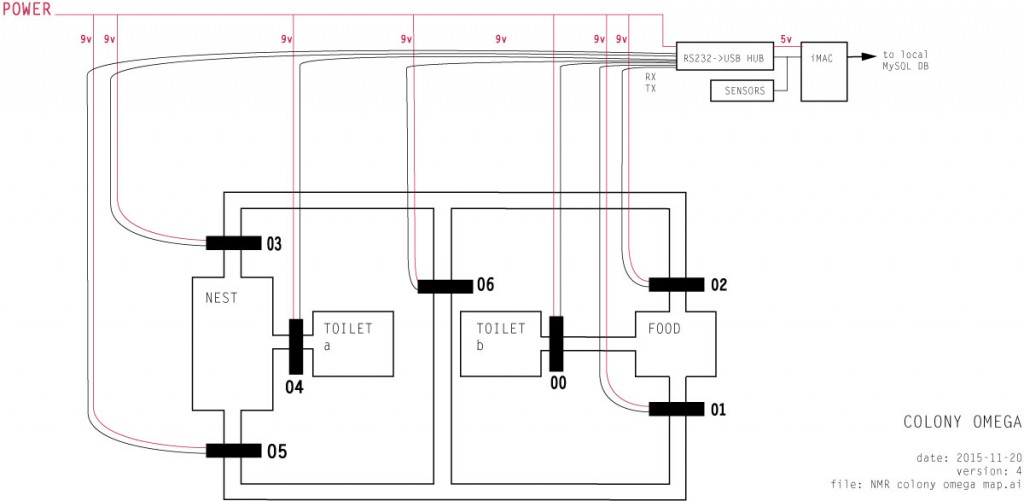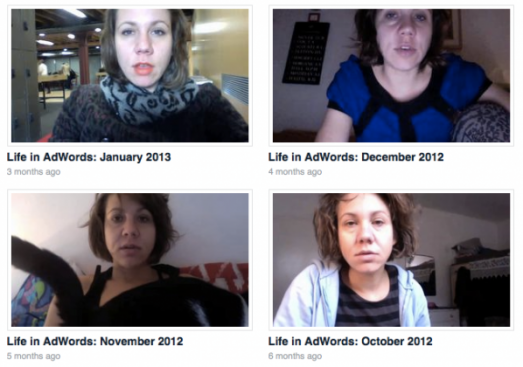Research data:
https://www.epsrc.ac.uk/about/standards/researchdata/
“The expectations arise from seven core principles which align with the core RCUK principles on data sharing. Two of the principles are of particular importance: firstly, that publicly funded research data should generally be made as widely and freely available as possible in a timely and responsible manner; and, secondly, that the research process should not be damaged by the inappropriate release of such data.”
Research data principles: https://www.epsrc.ac.uk/about/standards/researchdata/principles/ (accessed 18th May 2015
EPSRC’s Charter is to support high-quality basic, strategic and applied research and related post-graduate training in engineering and the physical sciences, and to communicate and disseminate the resulting outcomes and knowledge. As such, EPSRC believes that the following guiding principles, which are aligned with the agreed RCUK principles on sharing of research data, should inform all decisions relating to the management of all research data that has arisen as a result of EPSRC funding:
EPSRC-funded research data is a public good produced in the public interest and should be made freely and openly available with as few restrictions as possible in a timely and responsible manner.
EPSRC recognises that there are legal, ethical and commercial constraints on release of research data. To ensure that the research process (including the collaborative research process) is not damaged by inappropriate release of data, research organisation policies and practices should ensure that these constraints are considered at all stages in the research process.
Sharing research data is an important contributor to the impact of publicly funded research. To recognise the intellectual contributions of researchers who generate, preserve and share key research datasets, all users of research data should acknowledge the sources of their data and abide by the terms and conditions under which they are accessed.
EPSRC-funded researchers should be entitled to a limited period of privileged access to the data they collect to allow them to work on and publish their results. The length of this period will depend on the scientific discipline and the nature of the research.
Institutional and project specific data management policies and plans should be in accordance with relevant standards and community best practice and should exist for all data. Data with acknowledged long term value should be preserved and remain accessible and useable for future research.
Sufficient metadata should be recorded and made openly available to enable other researchers to understand the potential for further research and re-use of the data. Published results should always include information on how to access the supporting data.
It is appropriate to use public funds to support the preservation and management of publicly-funded research data. To maximise the scientific benefit which can be gained from limited budgets, the mechanisms for managing and providing access to research data should be both efficient and cost-effective in the use of such funds.



